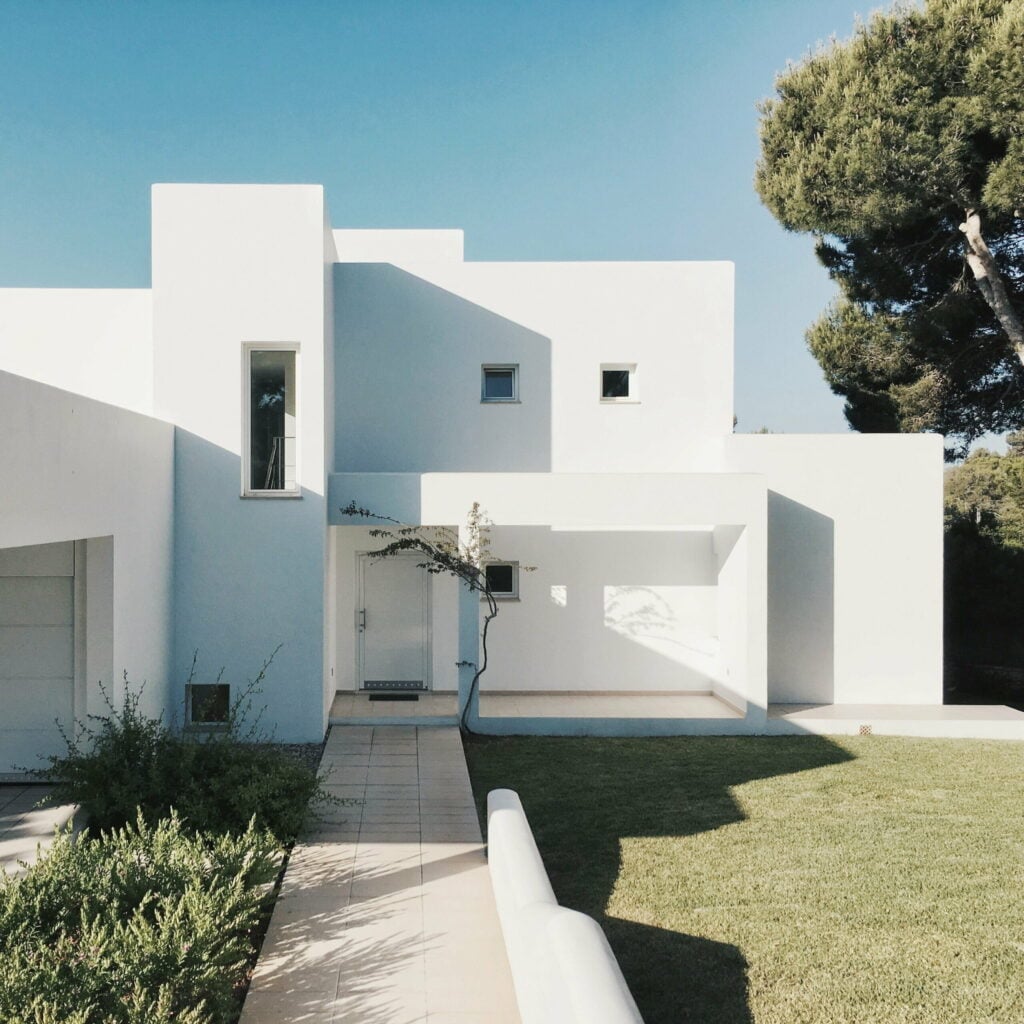

How Much Do I Need to Retire in Australia? For a Care Free Retirement

As Seen On
Hey there, future retirees of Australia! I wondered, “How much do I need to retire, or in simple terms, how much money do I need to tuck away for my golden years?” Well, you’re not alone. It’s a burning question that keeps many Aussies up at night. But fear not; as we dive into this critical topic, let’s unravel the mysteries of retirement planning in the land down under.

Understanding Your Retirement Needs
How Much Do I Need to Retire: What’s Your Magic Number?
Let’s cut to the chase. How much do you need to retire in Australia? Well, it’s not a one-size-fits-all answer. It depends on your lifestyle, health, and retirement dreams.
But here’s a benchmark to get you started: the Association of Superannuation Funds of Australia (ASFA) reckons a single person needs about $595,000, and couples need $690,000 for a ‘comfortable’ retirement. This includes expenses like health, communication, travel, and household goods. Remember, these figures are a guide, not gospel (ASFA Super Guru).
Lifestyle Choices: Modest vs. Comfortable
In Australia, retirement lifestyles are generally considered ‘modest’ or ‘comfortable’. This categorization helps retirees estimate how much they need to save to enjoy a certain standard of living during their retirement years.
A modest lifestyle is considered a step up from the Age Pension, providing for the basics but allowing for a little extra in the way of leisure and luxury. It’s about living simply and managing on a tight budget. For instance, a modest lifestyle for a single person aged 65-84 years might require around $31,867 per year, while a couple might need about $45,947 annually. This budget covers basic activities and needs, including car and home repairs funds, basic private health insurance, and a holiday in Australia per year.
On the other hand, a comfortable retirement offers more financial freedom and choices. It allows retirees to engage in a broad range of leisure and recreational activities, maintain a good standard of living, and occasionally travel internationally. Financially, a comfortable lifestyle for a single person might cost around $50,207 per year, while a couple might need approximately $70,806 annually. It includes a decent car, renovations, more comprehensive health insurance, dining out, and frequent leisure activities.
The distinction between these two lifestyles hinges on personal preferences, health, and the size of the retirement fund. Planning for either lifestyle requires a thorough understanding of expected expenses and a robust saving strategy during one’s working years.
Superannuation: The Backbone of Aussie Retirement
Superannuation, or ‘super’, is Australia’s cornerstone of retirement planning. But how much super is enough? Well, the consensus is that about two-thirds (67%) of your current income each year must maintain the same standard of living if you own your home (Australian Retirement Trust).
Factors Influencing Your Retirement Fund
Alright, let’s get real about the factors that influence your retirement fund in Australia, and let’s do it in a Mark Manson-esque no-BS style. Here’s the deal:
- Age and Longevity: It’s a bit grim, but how long you live plays a big role in how much dough you need to be stashed away. You might kick the bucket at 70 or keep kicking at 90. Plan for the long haul because running out of cash is scarier than that spider you found in your shoe.
- Lifestyle Choices: Do you see yourself sipping cocktails on a yacht, or are you more of a backyard BBQ person? A ‘comfortable’ retirement lets you live large (think decent car, nice holidays), while a ‘modest’ retirement keeps things simple—translation: more money, more options.
- Superannuation Balance: Your super is like that friend who’s always got your back – except it’s money. The average Joe or Joanne needs about $595,000 to $690,000 in their super for a comfy retirement. Less than that, and you might have to skip the yacht.
- Housing: Own your home? You’re sitting pretty. Renting or still paying off the mortgage? That’s going to sting your retirement fund. Remember, owning your home is like having a financial security blanket.
- Gender Gap: Ladies, listen up. The super gap hits women harder, especially if you take career breaks or work part-time. It’s a tough pill to swallow, but planning accordingly is crucial.
So there you have it. Retirement planning isn’t just about stashing cash; it’s about understanding these factors and playing your cards right. Get your strategy sorted, and you’ll laugh into your golden years.
Power Moves: Boosting Your Retirement Fund
Alright, now let’s talk about boosting your retirement fund. Here’s the deal: retirement’s not just a dream, it’s a necessity. But if your super looks a bit anaemic, don’t freak out. First, consider upping your super contributions. It’s like hitting the gym for your bank account.
Next, think about salary sacrifice. It’s not just a fancy term; it’s a smart way to grow your super before tax. And hey, don’t forget about government co-contributions. It’s like free money for your future self. And remember, it’s never too late to start. Just like it’s always possible to learn the guitar or stop wearing socks with sandals, get on it!
The Final Countdown: Preparing for Retirement
As you approach retirement, getting your ducks in a row is crucial. It means understanding your super balance, calculating your retirement needs, and making any necessary adjustments to your financial planning (ASFA Super Guru).
Frequently Asked Questions:
How much super do I need for a comfortable retirement?
Approximately $595,000 for singles and $690,000 for couples (ASFA Super Guru).
Is owning a home crucial for retirement planning?
Yes, homeownership significantly impacts retirement planning and financial security (SuperGuide)
The Bottom Line:
In summary, planning for retirement in Australia is a complex yet crucial task. It involves understanding your lifestyle expectations, calculating your super needs, and making informed decisions about your future. So, start planning today for a happier, more secure tomorrow.
Konger
Up until working with Casey, we had only had poor to mediocre experiences outsourcing work to agencies. Casey & the team at CJ&CO are the exception to the rule.
Communication was beyond great, his understanding of our vision was phenomenal, and instead of needing babysitting like the other agencies we worked with, he was not only completely dependable but also gave us sound suggestions on how to get better results, at the risk of us not needing him for the initial job we requested (absolute gem).
This has truly been the first time we worked with someone outside of our business that quickly grasped our vision, and that I could completely forget about and would still deliver above expectations.
I honestly can't wait to work in many more projects together!
Disclaimer
*The information this blog provides is for general informational purposes only and is not intended as financial or professional advice. The information may not reflect current developments and may be changed or updated without notice. Any opinions expressed on this blog are the author’s own and do not necessarily reflect the views of the author’s employer or any other organization. You should not act or rely on any information contained in this blog without first seeking the advice of a professional. No representation or warranty, express or implied, is made as to the accuracy or completeness of the information contained in this blog. The author and affiliated parties assume no liability for any errors or omissions.

